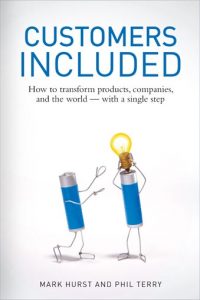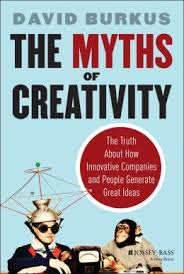Find and share the latest thinking and resources on leadership topics. From quick thought-provoking posts to recommended articles and books, you’ll find a treasure-trove of curated content.
Book Review | Interviewing Users
 Interviewing Users: How to Uncover Compelling Insights
Interviewing Users: How to Uncover Compelling Insights
By: Steve Portigal
Head: (3 out of 5)
Heart: (4 out of 5)
Leadership Applicability: (4 out of 5)
In the innovation race, companies that gather insights from their customers and end users to inform the design of products and services are sure to beat the competition. But gathering quality information that yields insights is not as simple as chatting with a customer over a cup of coffee. Conducting a user research study is a skill, and the author, Steve Portigal, explains how to successfully plan and execute one so that the data yields insights which are compelling and actionable.
In this easy-to-digest book, readers will learn best practices for studying people, including:
- Why interviewing over other methods yields rich insights
- A framework for interviewing
- How to identify a problem, find participants and prepare questions
- Methods to enhance your interviews
- How to manage the stages of an interview
- The art of asking questions
- How to document data
- Interview variations and techniques to manage them
- Bringing the data back to your organization
Leaders who want to do a better job of making products or designing services for their customers will want to read this book. Buy it now.
MORE
